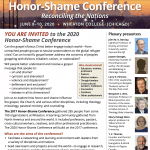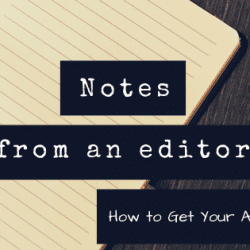This is part 2 of a new blog series. For part 1, the advice was: Choose Your Journal Wisely.
My second “note” is this:
Great articles offer convincing solutions to clear problems.
Often, when I find myself uninterested in or unconvinced by an article, the author has made one of two mistakes (or, maybe, both!)
#1: The problem is (a) not clear, (b) not really a problem, or (c) of very little interest or consequence
#2: The solution is (a) not clear, (b) not really a solution, or (c) not original (or not original enough to merit publication)
To get to a place where you are writing “great” articles, then, it requires careful mapping or planning: Can I identify the problem? Can I articulate the problem in a short sentence or two (for my own clarification, but also to put eventually into an abstract). You should be able to separate your problem portion of your article and have a colleague read it. Can they summarize the “problem” as you have articulated it?
When it comes to solutions, these tend to be easier to identify, but the challenge comes with originality. The author needs to be tuned into the relevant scholarship and able to show how their own solution adds something significant and new to the conversation in such a way that it helps to resolve the problem.
There is a key truth underlying all of this, something that scholars don’t always understand: Articles don’t have to be esoteric to be “academic.” Keep it simple: clear problem –> convincing solution.
Where do you start?
For me, it starts with having a very simple and clear outline of the article that I fill in as I research and write. The outline often (not always) moves from introduction –> problem statement –> (brief) engagement with existing scholarship –> solution statement –> Solution arguments –> clear, but relatively brief summary
Don’t ramble, stick to the plan, clear problem, original solution—easy, right? 🙂












